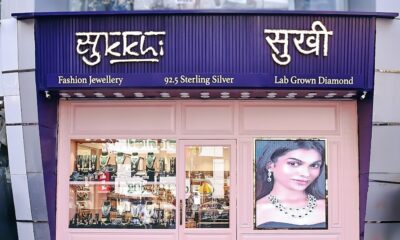JB Insights
Jewellery Machinery & Allied India International Expo
An unparalleled platform to showcase jewellery manufacturing technology from India and across the globe

The Indian jewellery machinery industry is a vital component of the country’s overall gem and jewellery sector. It plays a crucial role in supporting the manufacturing and processing of jewellery, from raw materials to finished products. The industry has witnessed substantial growth in recent years, driven by factors such as rising domestic demand, increasing exports, and technological advancements. The industry comprises a mix of large-scale manufacturers, small and medium-sized enterprises, and local artisans.
One of the major drivers of the jewellery machinery industry is the Jewellery Machinery & Allied India International Expo (JMAIIE). It has provided an unparalleled platform to showcase jewellery manufacturing technology from India and across the globe.JMAIIE is one of the most anticipated exhibitions in the jewellery manufacturing machinery industry, bringing together leading manufacturers, exporters, and professionals from across the globe. Renowned as a dynamic platform for showcasing technology, innovation, and manufacturing expertise, JMAIIE serves as a premier destination for connecting with the latest trends and fostering collaborations within the industry. JMAIIE is Asia’s biggest trade show in jewellery manufacturing machinery segment.
JMAIIE is organized by KNC SERVICES and powered by JEWELLERY MACHINERY & ACCESSORIES FORUM
JMAIIE achievements over previous editions
- Global Participation
JMAIIE has consistently attracted exhibitors and buyers from multiple countries, fostering international trade and creating opportunities for Indian jewellery-making machinery to gain global recognition. - Business Growth
The exhibition has established itself as a robust marketplace, facilitating significant business transactions, partnerships, and networking opportunities for both established and emerging players in the machinery sector. - Innovation and Technology
Focused on cutting-edge advancements, JMAIIE has showcased technologies that enhance jewellery design and manufacturing processes, helping the industry remain competitive in global markets. - Recognition of Craftsmanship
By celebrating Indian jewellery artistry, JMAIIE has highlighted traditional techniques while promoting modern designs, solidifying India’s position as a leader in skilled craftsmanship and technological adaptation. - Educational Initiatives
JMAIIE has organized workshops and seminars led by industry experts, providing valuable insights into market trends, evolving consumer preferences, and sustainable manufacturing practices. - Support for SMEs
Small and medium enterprises (SMEs) have benefitted significantly from JMAIIE, using the platform to gain visibility, access new markets, and establish themselves within the competitive landscape.


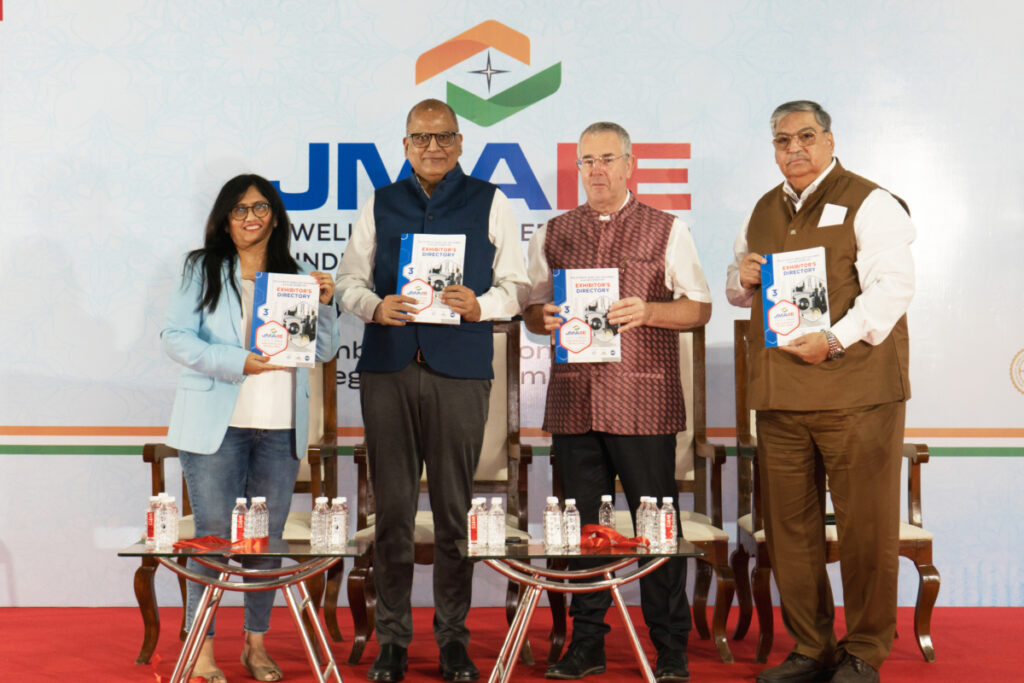

JMAIIE 2025 will be held from for February 7th to 10th, Bombay Exhibition Centre, Mumbai.
Number of exhibitors: 220 +
Number of booths: 350 +
Overseas exhibitors: 30+ from various countries including Turkiye, Italy, Germany
Expected Visitors: 5000 visitors representing 3000 companies
Kranti Nagvekar, Founder KNC Services, spoke to JewelBuzz on JMAIIE , its beginnings, objectives and how it is a force to reckon with as we approach the fourth edition of JMAIIE

Over the years the jewellery manufacturing technology segment was not given the importance it deserved. There was no dedicated effort to showcase and promote the machinery and allied segment. We believe that jewellery machinery is the root of manufacturing. This is what drove us to create JMAIIE – a platform focus only on manufacturing technology and machinery. We joined forces with JMA FORUM to create this powerful platform.
India is the second largest manufacturing hub, Hence there was no better place than India, and esp Mumbai which is home to the leading players in jewellery, to conduct JMAIIE. We host only one exhibition a year; Innovation and upgradation in manufacturing technology takes time. Every year exhibitors showcase fresh, innovative technology. Jewellery manufacturers are exposed to latest tech from India and abroad under one roof.
Besides leading players from India, JMAIIE features players from Italy, Turkiye, Germany.Also, many Indian distributors represent Chinese companies.Cutting edge technology from global players like sisma, Fasti, OTEC, Schultheiss is showcased.
Roadshows and seminars to promote JMAIIE are held in major metros and also in smaller cities and towns like Kolhapur and Ichalkaranji. Our team connects personally with jewellery makers and invites them. JMAIIE exhibitors are given a QR code to invite their guests. Each exhibitor reaches out to 100 -150 guests.We host more than 600 companies from India, Dubai and other GCC countries, Sri Lanka, Bangladesh.
JMAIIE is a complete show, besides the best in machinery, we have consultants, banks/financial institutions (offering loans), jewellery designers, interior designers etc
Going forward JMAIIE will get bigger and feature newer elements. We are planning more knowledge seminars.We are showcasing and demonstrating an AI based automated manufacturing process which will save costs and increase efficiency. Also, we wish to award and felicitate jewellery machinery manufacturers for excellence and innovation.
****************************
Naresh Balani, Vice Chairman- JMA FORUM spoke to JewelBuzz on the jewellery manufacturing ecosystem, the challenges, need for government support

Earlier, leading Indian jewellery makers were entirely dependent on foreign jewellery machinery.Now increasingly, Indian jewellery makers are using Indian made machinery. But it must be noted that technological and innovation capability of India made machinery is 30 to 40 percent of the leading foreign players. Hence there is a huge gap to be filled.
We have observed that the value and quantum of orders are getting bigger from jewellery manufacturers including corporate retailers.From placing orders worth Rs 5 to 50 lakhs, we now see turnkey projects for manufacturing set up valued from Rs 25 cr to Rs 50 cr. JMAIIE has contributed in this growth story.
The Government of India needs to support Indian jewellery machinery manufacturing ecosystem by providing resources and funds, especially in R&D, skilling, training.Government schemes and finance are required to establish the infrastructure for manufacturing of jewellery machinery.The MSME suppliers need to be integrated into this ecosystem.
The government needs to recognize and honour jewellery machinery manufacturers for excellence and innovation and performance in exports.
Major jewellery companies, especially the public limited companies are adopting new technologies in jewellery machinery and allocating huge budgets. JMAIIE is a channel that communicates the critical need to adopt new technologies, which are crucial to the growth of the GJ industry.JMAIIE is actively promoting the MAKE IN INDIA movement
Indian jewellery machinery manufacturers must focus in improving quality, increase productivity using latest technology including AI, Blockchain, CAD / CAM, invest in research, lessen material wastage and adopt green energy and sustainability practices.

KNC Services, founded in 2014 by Kranti Nagvekar, has rapidly become a key player in the jewellery and machinery exhibition industry, with Kranti Nagvekar as the only female entrepreneur in this sector. JMAIIE by KNC Services is one of the most anticipated exhibitions in the jewellery manufacturing machinery industry.The company has expanded its operations across key markets such as Kolkata, Kerala, Odisha, and Mumbai, drawing substantial international buyers. Recently, KNC has extended its reach to new regions, including Saudi Arabia, Dubai, and Bangladesh, to organize B2B exhibitions, helping to introduce Indian gems and jewelry to these markets.
By organizing events that promote India-made gems and jewellery, KNC Services helps elevate the global perception of Indian craftsmanship. The company’s membership in the National Gem & Jewellery Council of India (NGJCI), under the Ministry of Commerce & Industry, further supports its role in promoting Indian trade on the international stage.

Jewellery Machinery & Accessories Forum- JMA Forum was formed in 2016 to carry on the activities to promote new technology and processes for manufacture of Jewellery and to educate the jewellery manufacturing fraternity and train new entrants into the jewellery manufacturing fraternity requiring the same and to assist in bringing the latest machinery into the country and make the same available at affordable prices.

One of the major drivers of the jewellery machinery industry is the JMAIIE. It has provided an unparalleled platform to showcase jewellery manufacturing technology from India and across the globe. JMAIIE is also driving growth of Indian jewellery machinery sector and contributing to the MAKE IN INDIA movement.
Ketan Jatakia, Partner- Ankitst Exim Inc, Founder- JMA FORUM
JMAIIE is a gamechanger in the jewellery manufacturing technology industry. It is the ultimate platform for showcasing the best in Indian and global jewellery machinery. JMAIIE is providing a boost to Indian jewellery machinery players and contributing to the MAKE IN INDIA movement.
Bhavik Shah, CEO- DOIT Industries Pvt Ltd


JMAIIE has put jewellery machinery and allied in the spotlight.It has provided a platform for showcasing the latest and most innovative jewellery manufacturing technology. JMAIIE is contributing to growth of domestic GJ industry by driving jewellery manufacturers to adopt new technology and invest in cutting edge jewellery machinery, which in turn helps in making Indian jewellery globally competitive.
D.M. Musale, MD- Quantum Equipment Co. Pvt .Ltd
JMAIIE is a great platform for jewellery manufacturers, jewellery retailers, precious metal refineries and all type of bullion traders to see and experience the latest manufacturing technology. JMAIIE showcases the most modern manufacturing processes and machinery – all under one roof.
Rajesh Garg, Partner – Garg Electroheat

Some of the machinery showcased at JMAIIE
WESTERN EQUIPMENTS AND ALLIED PVT. LTD.

DOIT INDUSTRIES PVT LTD
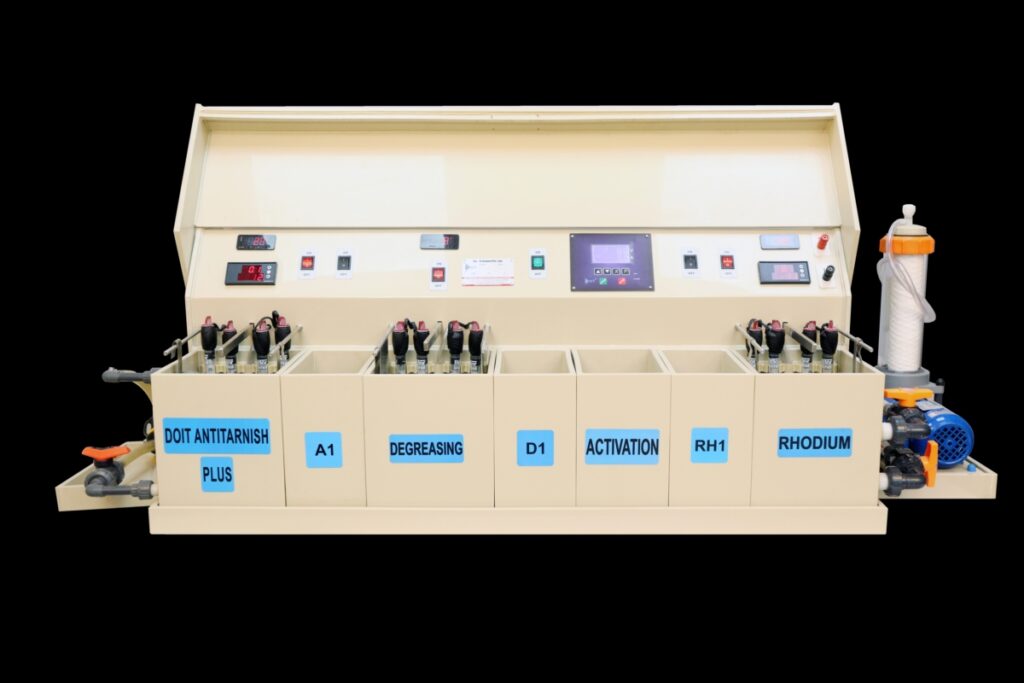
ANANT JEWELS AND TECHNOLOGIES

QUANTUM EQUIPMENT CO. PVT. LTD

Karatmeter JL- gold alloy analyzer and Karatmeter Q Series-precious alloy analyzer

JB Insights
Shaping Gem Enthusiasts for a Global Retail Reality: Inside GSI’s Colored Stone Program
By Ramit Kapur, Managing Director GSI India
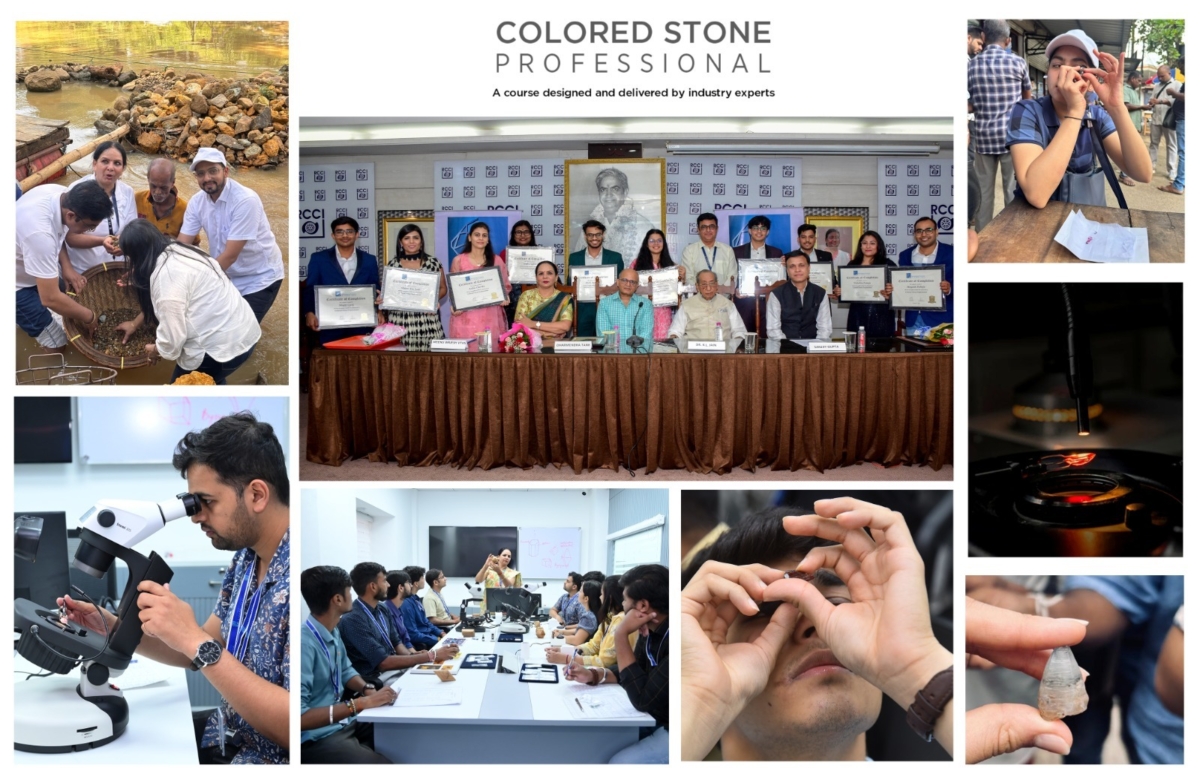
One of the recurring questions I hear from retailers, whether in the heart of Mumbai or in the luxury corridors of New York is this: Where do we find individuals who truly understand colored stones? Not just those who can name them or describe their appearance, but professionals who understand their essence. People who grasp quality, origin, treatments, pricing influences and most importantly, how all of it directly impacts customer trust and retail flow.
Too often, gemology education ends at surface-level theory. Students know the textbook answers but lack the confidence to apply that knowledge when faced with a real-world stone. That’s because being a gemological professional is never about just one thing; it’s a sum of many factors. Theory is essential, but without hands-on exposure, it stays abstract. Practical lab experience should be backed by a mindset that encourages critical thinking and pattern recognition. Add to that real-world exposure, problem-solving under pressure, and the ability to communicate insights clearly and you begin to shape someone truly capable.
A Lab-Driven Approach to Learning
That’s the exact gap GSI set out to address when we created the Colored Stone Professional (CSP) Diploma Program.
With our global expertise, advanced instrumentation, and access to live inventory, we are in a special position to build a course that doesn’t just skim the surface, but goes deeper, one that stands out in a sea of generic gemology programs. Our vision is to go beyond just another degree course and create professionals of the very standard we’d want to hire for our own labs: accurate, efficient, thoughtful. And once trained, whether they choose to become designers, sourcing leads, retail trainers, or full-time gemologists, the world becomes their oyster.
Our approach to this course is not purely academic. We built it from the inside out; as industry participants who live this work every day. GSI, as a global laboratory, examines gemstones daily from all major trading centers. Our experts are constantly updated; researching detection techniques, documenting treatment trends, and working with inventories that reflect the full range of market realities. With that vantage point, we are set to solve a real industry problem: the widening gap between gemological knowledge and real-world application.
The CSP Difference
I could write an entire book on why this course is different. And honestly, I can’t stress enough the value of learning from a global laboratory like GSI that is connected to daily realities across continents. That makes GSI a platform reflecting something much deeper than theory, it reflects practice, insight, and precision. So while I could list countless strengths of the Colored Stone Professional (CSP) Diploma, here are a few that I believe define its true character.
First, the practical exposure is unmatched. Students don’t just “learn” stones, they work with 800 gemstones across the span of the course. It’s a curriculum-integrated journey that helps them observe and identify inclusions, verify treatments, and understand what those treatments mean in real market conditions.
Then comes instrumentation. Students get the opportunity to attend advanced lab sessions, where they experience GSI’s state-of-the-art instrumentation firsthand, and understand its applicability. When they see how and why FTIR, UV-Vis, and advanced spectroscopy are used, they begin to appreciate the rigor behind every report.
We also take them to the source. Our mine visits aren’t just field trips. They’re reality checks. Students see rough material in its natural environment, understand how value begins at origin, and how supply chain complexities play out from mine to market. They grasp pricing at the root, not just from the price tag on a finished piece.
And finally, perspective. We bring in industry veterans for open sessions. These are not scripted lectures, they’re candid conversations. Students are encouraged to ask, challenge, and absorb insights from people who’ve spent decades in design, manufacturing, trading, and retail. The result is perspective rooted in reality.
International curriculum with a domestic blend.
The CSP diploma program has been carefully curated by some of the finest minds in the gem and jewelry world;not just in India, but globally. Our team includes global experts who ensure the curriculum remains current, rigorous, and industry-relevant across borders. It’s updated frequently to reflect the latest market realities, treatment discoveries, and sourcing challenges. The diploma itself is issued from our headquarters in New York, giving our graduates global credibility and recognition.
Through the CSP diploma program, we are building professionals who can sit across from a buyer and explain why two seemingly similar stones have a vast price difference, or why a particular origin commands a premium. That’s the kind of clarity that transforms retail experiences and builds trust. By the end of the program, every graduate stands at par with a fresher gemologist, equipped not only for technical positions but also to bring value in retail, sourcing, manufacturing, or design. In fact, designers who complete our program often find themselves pitching better, sourcing smarter, and delivering with far greater conviction.
JB Insights
Gold Prices May Touch ₹1 Lakh in H2 2025 Amid Strong Investment Demand: ICICI Report
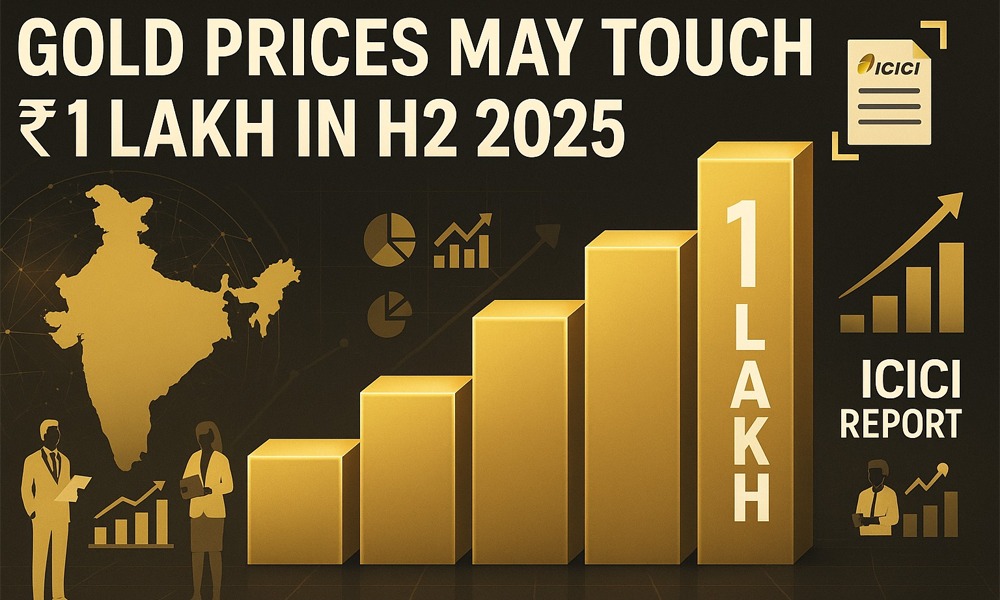
Gold prices in India are expected to trend higher in the second half of 2025, potentially reaching the ₹1,00,000 per 10 grams mark, according to a report by ICICI Bank Global Markets. Prices are currently trading in the range of ₹96,500 to ₹98,500 per 10 grams, but are forecasted to edge upward due to sustained investment demand and a mild depreciation in the Indian Rupee.
“Local gold prices are expected to continue trading with an upside bias, moving from a near-term range of ₹96,500–₹98,500 to the ₹98,500–₹100,000 range in H2 2025,” the report stated.
In June, domestic gold prices rose by 0.6% despite a global slowdown in momentum, supported by a 0.2% decline in the rupee. However, jewellery demand showed signs of weakening, with gold imports declining from USD 3.1 billion in April to USD 2.5 billion in May.
Investment demand, in contrast, remains strong. AMFI data showed net inflows of ₹2.92 billion into gold ETFs in May, following two months of outflows. Globally, SPDR Gold ETF holdings increased from 930 tonnes on June 1 to 948 tonnes by July 1, and speculative net long positions rose by 13,000 lots.
Despite gold’s YTD gains of 28%, prices have remained flat in recent weeks due to improving global risk sentiment. Key geopolitical developments, including a ceasefire between Israel and Iran and progress on U.S. trade agreements with the UK, Vietnam, Japan, India, and the EU, have eased safe-haven demand.
“The upshot is that easing geopolitical tensions and expectations that trade-war 2.0 could ease in magnitude have worked to limit further sharp upside emerging in gold prices,” the report noted.
While jewellery demand remains soft, strong investment-related buying continues to underpin the yellow metal’s upward momentum.
Feature
Navigating the Fine Line: How Jewellery Designers Can Draw Inspiration without Crossing into Plagiarism
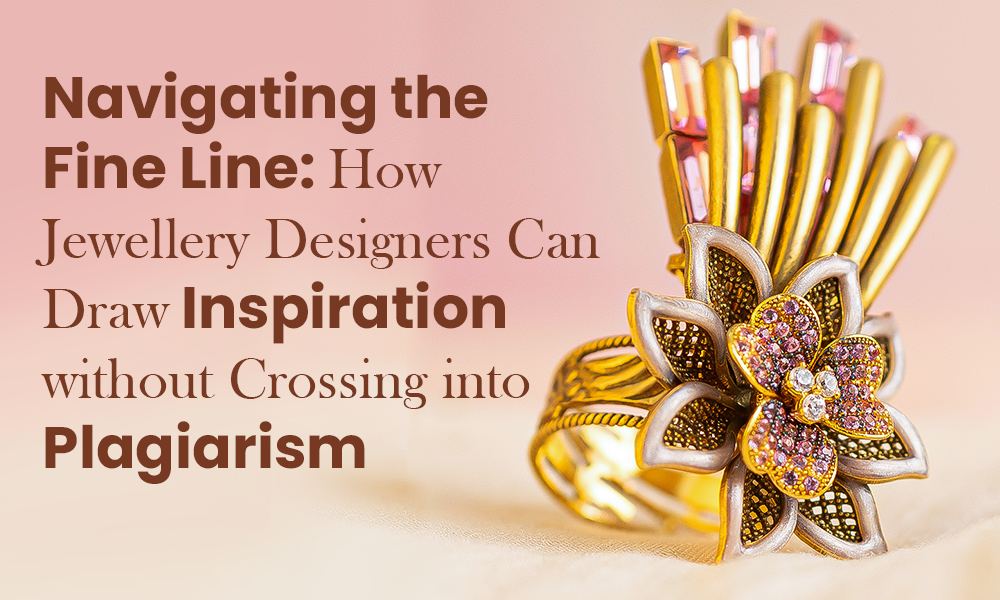
We’ve all been there — scrolling through social media, spotting a stunning design, and thinking, “This is amazing, I could do something with this.” Maybe you even screenshot it for later. That moment of admiration is totally normal, and yes, it’s how creativity often works — one spark leads to another.
But here’s the tricky part: when does inspiration cross the line into imitation? There’s a difference between being creatively influenced and replicating someone else’s hard work. The quote “imitation is the sincerest form of flattery” may sound nice, but in design, it’s also a fast track to losing your credibility.
This issue is especially relevant in the Indian jewellery market, a diverse ecosystem that includes couture artisans, mass-market retailers, and indie designers — all coexisting alongside a booming imitation market. When original designs are copied and mass-produced, it damages the brand identity of the creator, dilutes the uniqueness of their work, and erodes the value of true craftsmanship.
Being inspired is natural — but respecting originality is essential.
Let us have a look at what ace Jewellery Designers/ Brands from the industry have to say about Plagiarsim & Inspiration in jewellery designs:
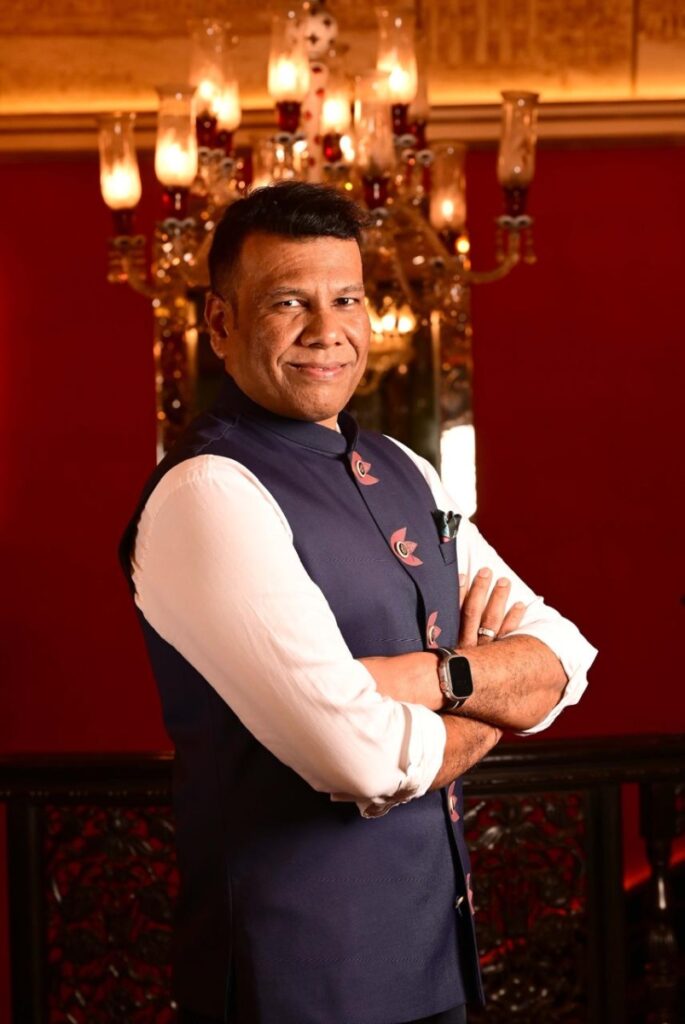
Avama Jewellers
Abhishek Kajaria, Founder and Owner
- How do you identify and cultivate your Unique Selling Proposition (USP) as a jewelry designer in a market full of competition?
At our luxury jewelry brand, our Unique Selling Proposition (USP) is rooted in innovative craftsmanship, attention to detail, and a deep understanding of our clients’ desires. We push the boundaries of design while staying true to our brand’s aesthetic..
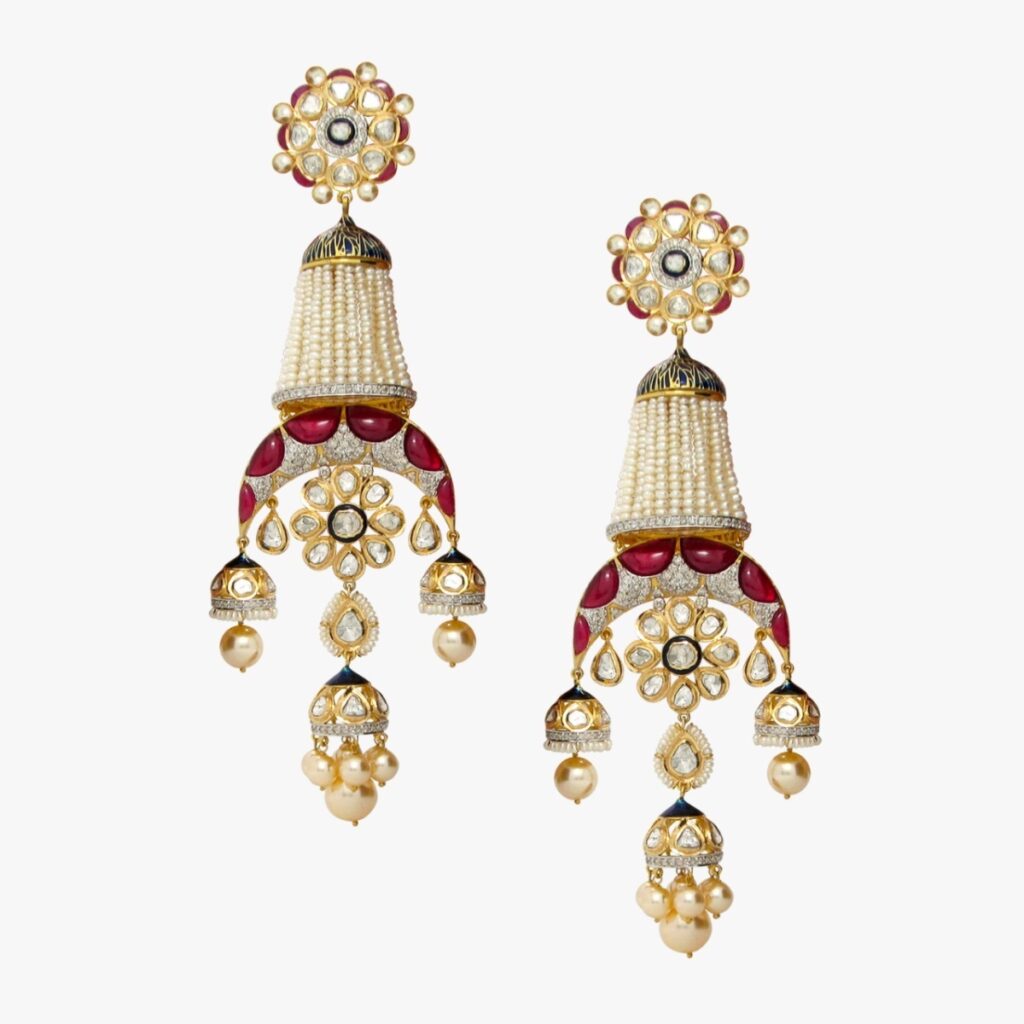
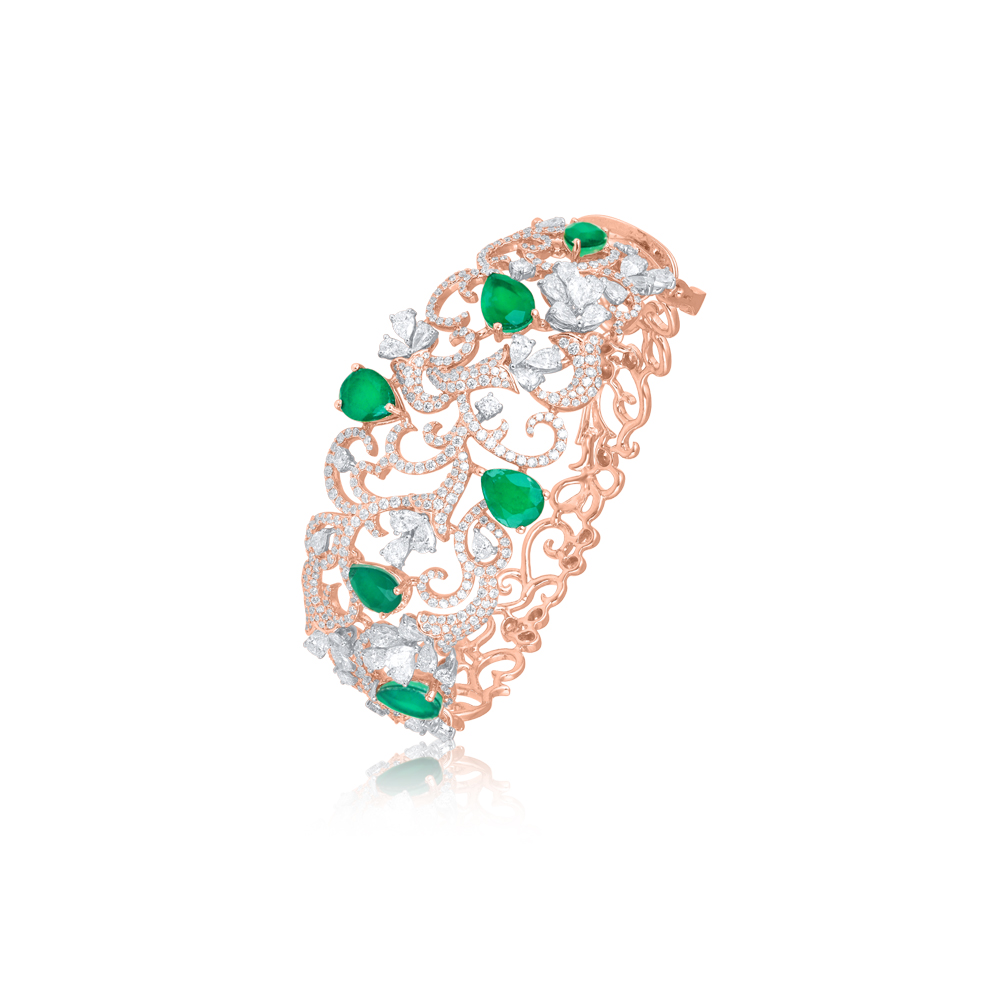
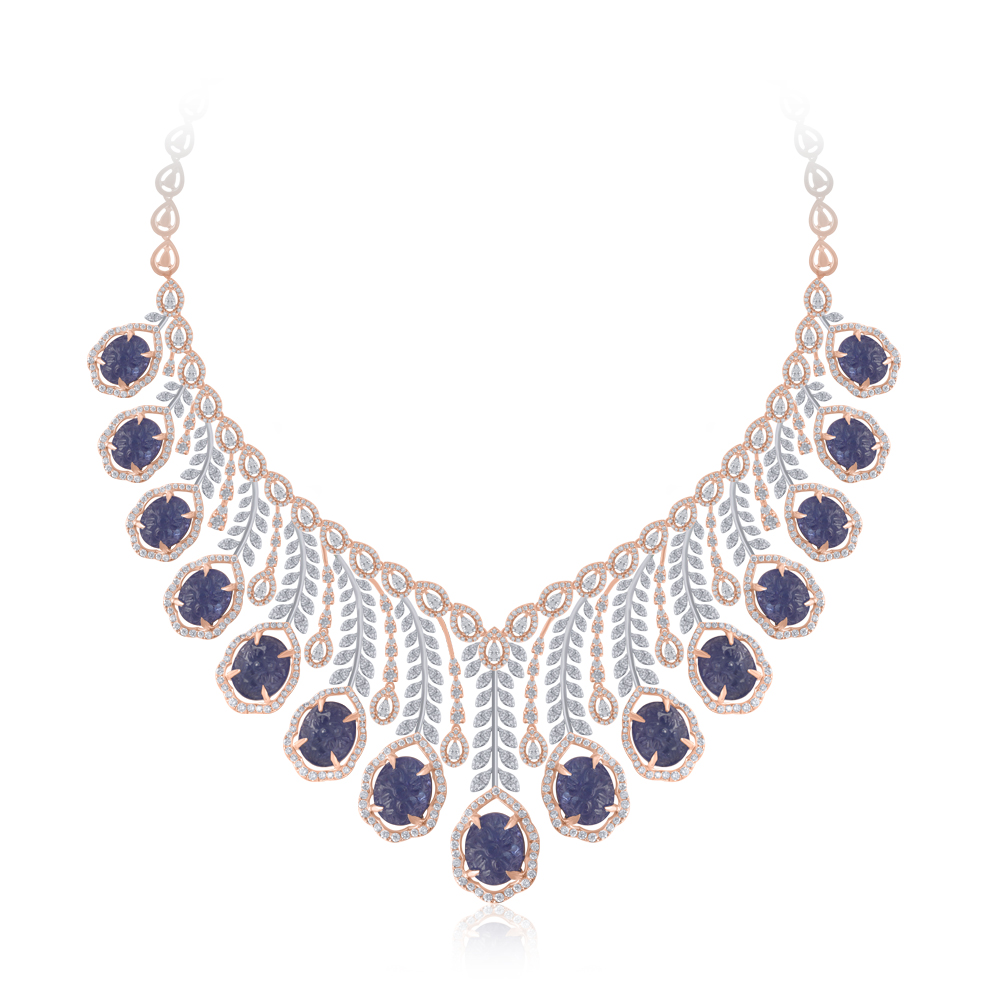
2. What steps can designers take to ensure they are drawing from a broad range of influences rather than just one or two sources, in order to create more original and diverse designs?
To create original and diverse designs, we encourage our designers to draw inspiration from various sources, including art, architecture, nature, and cultural heritage. We also foster a culture of collaboration and knowledge sharing among our team members, which helps to stimulate creativity and innovation.
3. What to do if your jewellery design is being copied? What are the legal implications to such plagiarism?
If we find our jewelry design is being copied, we promptly protect our rights by sending a cease-and-desist notice, seeking legal advice, or taking other actions to stop the infringement.
4. In your experience, how does acknowledging the influence of other designers in your work contribute to your growth as a designer, and how do you ensure that your own originality still shines through?
Recognizing the influence of other designers is vital for our growth. By acknowledging their contributions, we can learn from their experiences and create something original. We maintain our uniqueness by staying true to our brand’s vision and aesthetic.
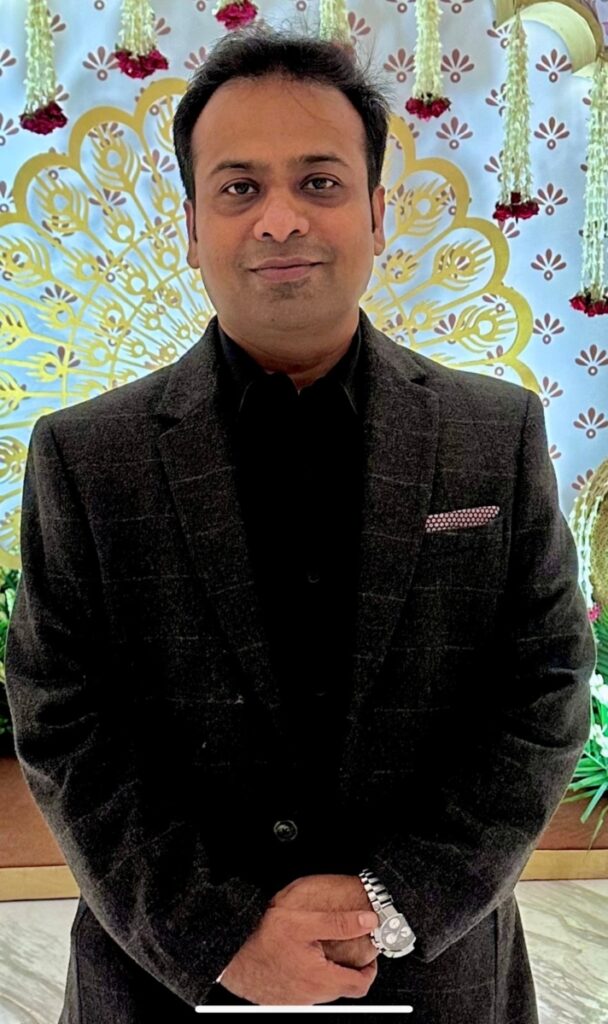
Mahabir Danwar Jewellers – Vijay Soni, Director
- How do you identify and cultivate your Unique Selling Proposition (USP) as a jewelry designer in a market full of competition?
At Mahabir Danwar Jewellers, our USP lies in the fusion of heritage craftsmanship, innovative design, and exclusivity. We stay true to our brand ethos—blending timeless elegance with modern creativity. Through research, trend awareness, and our signature design language, we ensure every collection tells a unique story and evokes a personal connection, setting us apart in a crowded market.
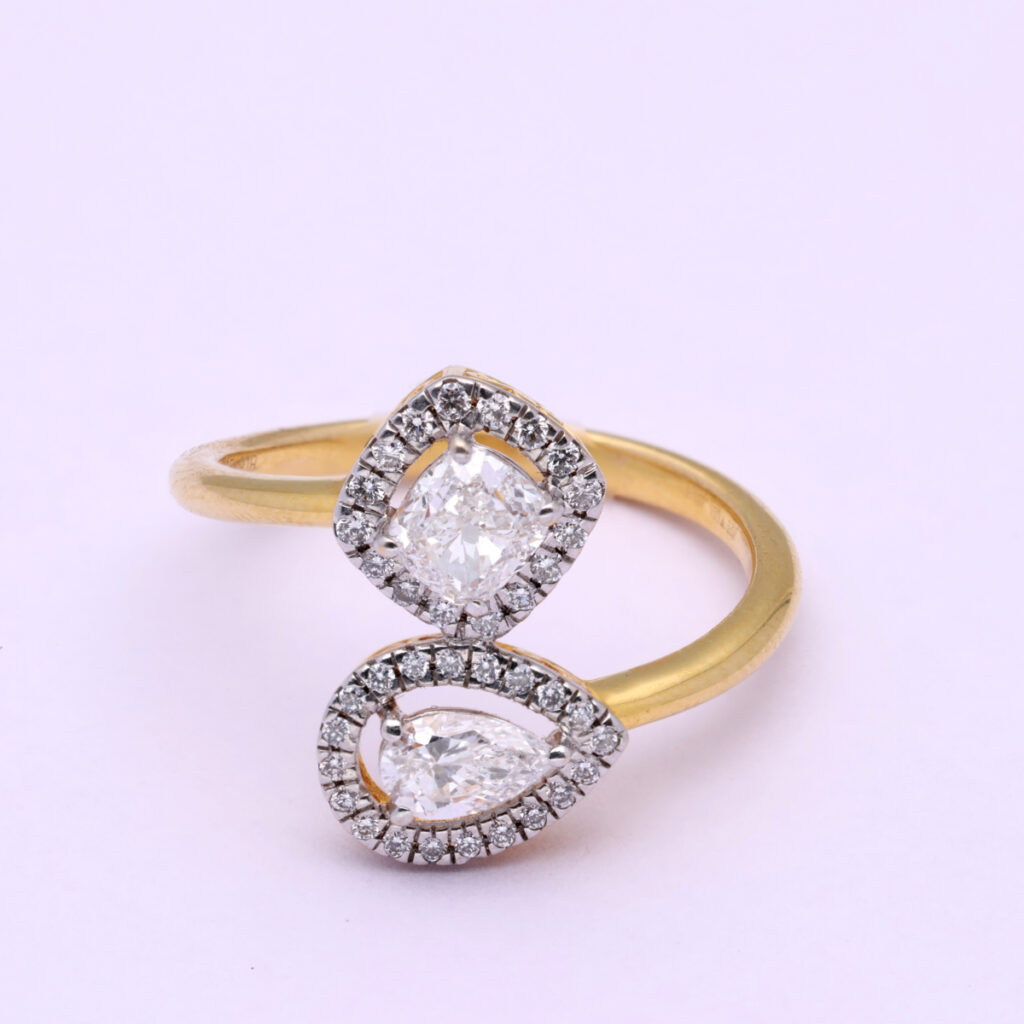
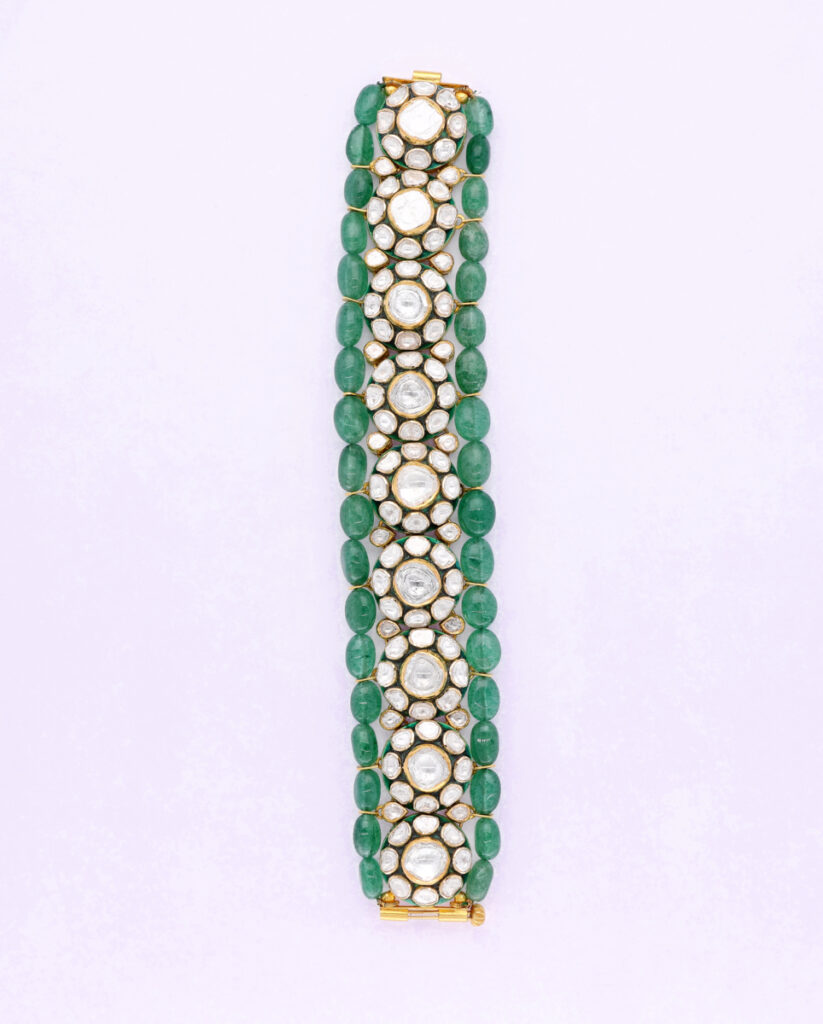
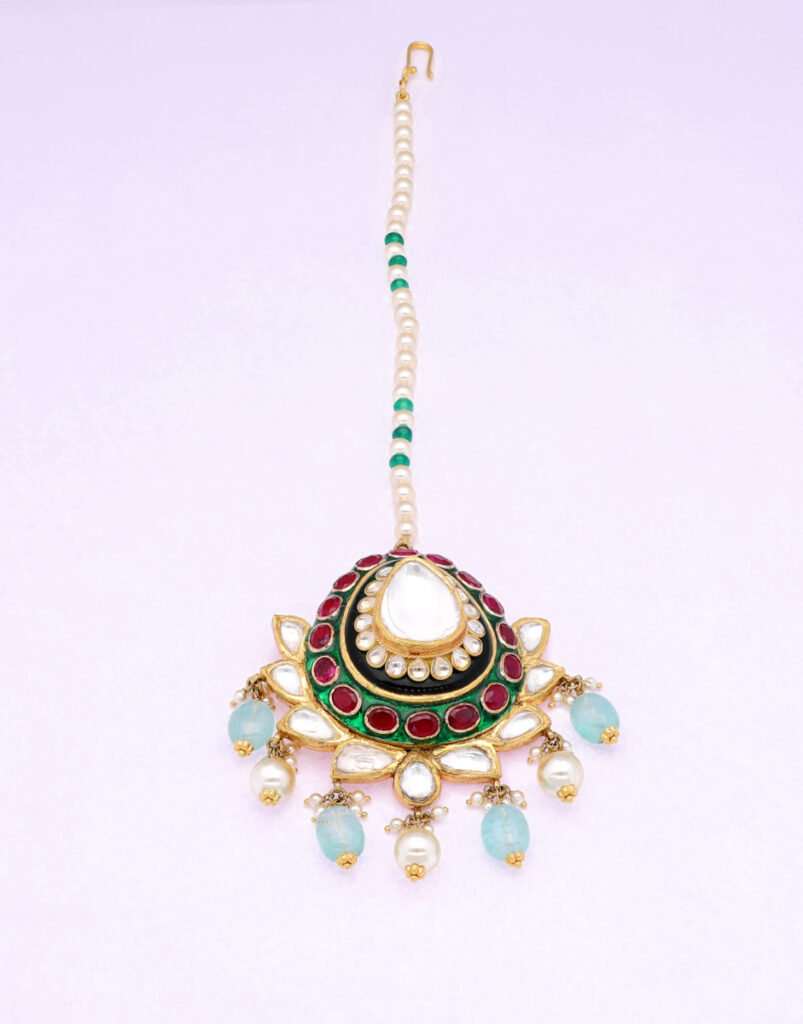
- What steps can designers take to ensure they are drawing from a broad range of influences to create original and diverse designs?
Originality comes from exploring beyond the obvious. Designers should:
• Draw from varied sources like architecture, nature, and fine arts
• Study global and historical craftsmanship
• Experiment with new materials and techniques
• Avoid trend-chasing and focus on building a personal voice
By broadening their creative lens, designers can avoid unintentional imitation and develop truly distinct designs.

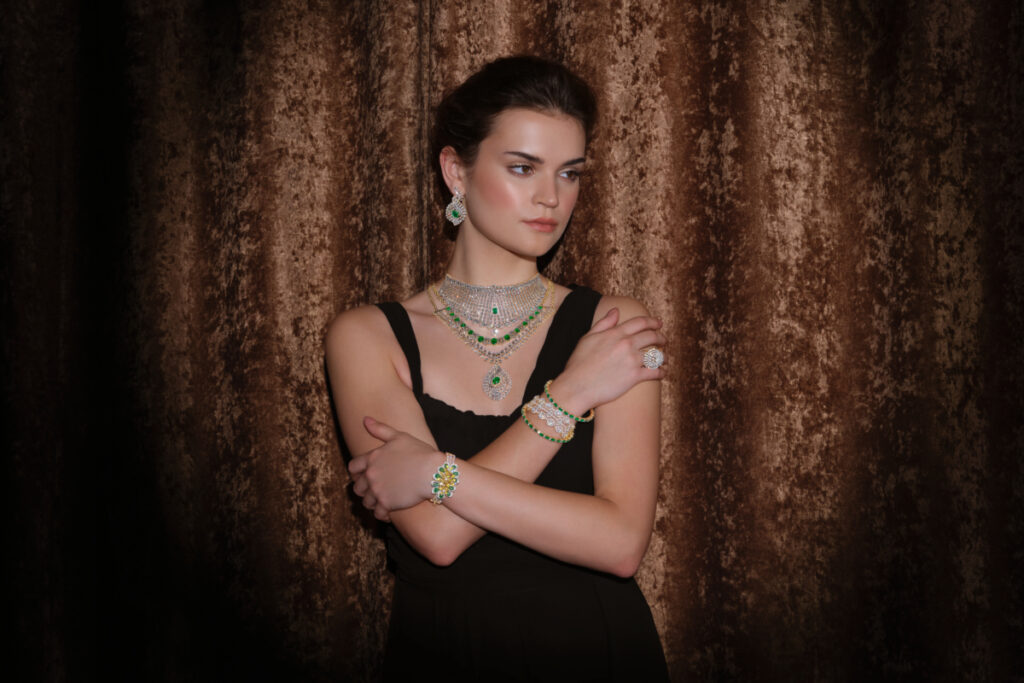
- What to do if your jewelry design is being copied? What are the legal implications of such plagiarism?
To protect designs:
• Register copyrights, trademarks, or design patents
• Take legal action, such as sending cease-and-desist notices
• Document the design process for proof of originality
• Raise awareness through industry platforms
Proactive protection is key to preserving exclusivity and creative ownership.
- How does acknowledging the influence of other designers help your growth while maintaining originality?
Acknowledging others’ work promotes learning and innovation. However, we ensure originality by:
• Using inspiration as a base, not a blueprint
• Infusing personal storytelling and brand identity
• Innovating through design, materials, and craftsmanship
• Continuously evolving our creative voice
Respecting influence while transforming it ensures our work stays authentic and uniquely ours.
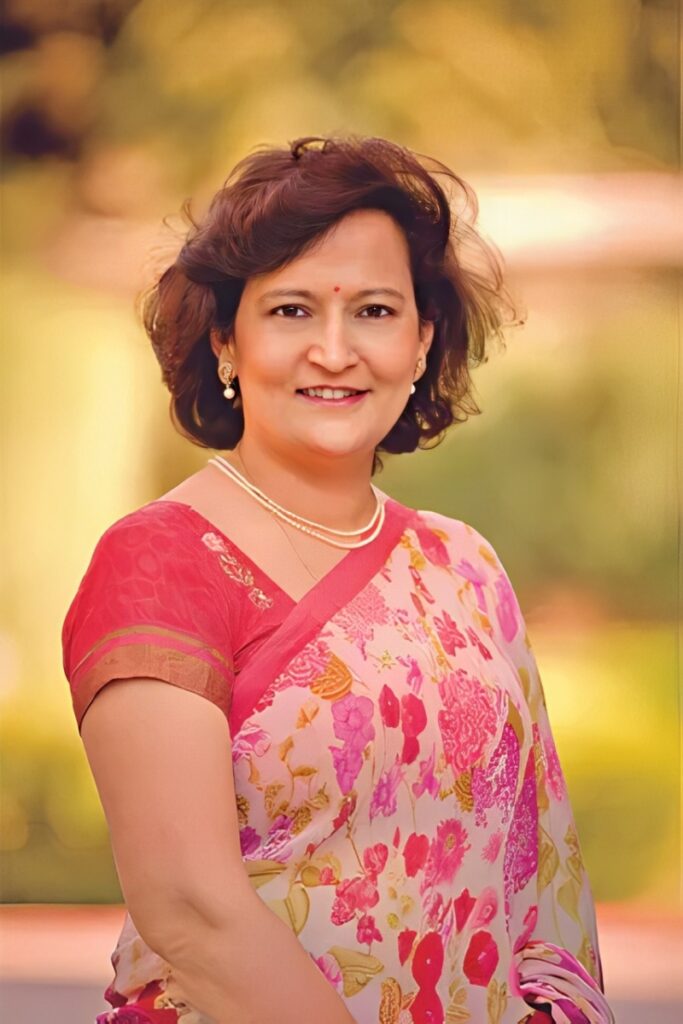
Neeta Boochra Jewellery
Neeta Boochra, Founder
1)What steps can designers take to ensure they are drawing from a broad range of influences rather than just one or two sources, in order to create more original and diverse designs?
Indian jewellery designers have access to a vast and layered cultural heritage, but relying too heavily on a few well-known motifs (like Mughal, temple, or tribal jewellery) can limit innovation. To ensure originality and a broader creative palette, Indian designers can take the following India-specific steps to diversify their influences and evolve their design language:

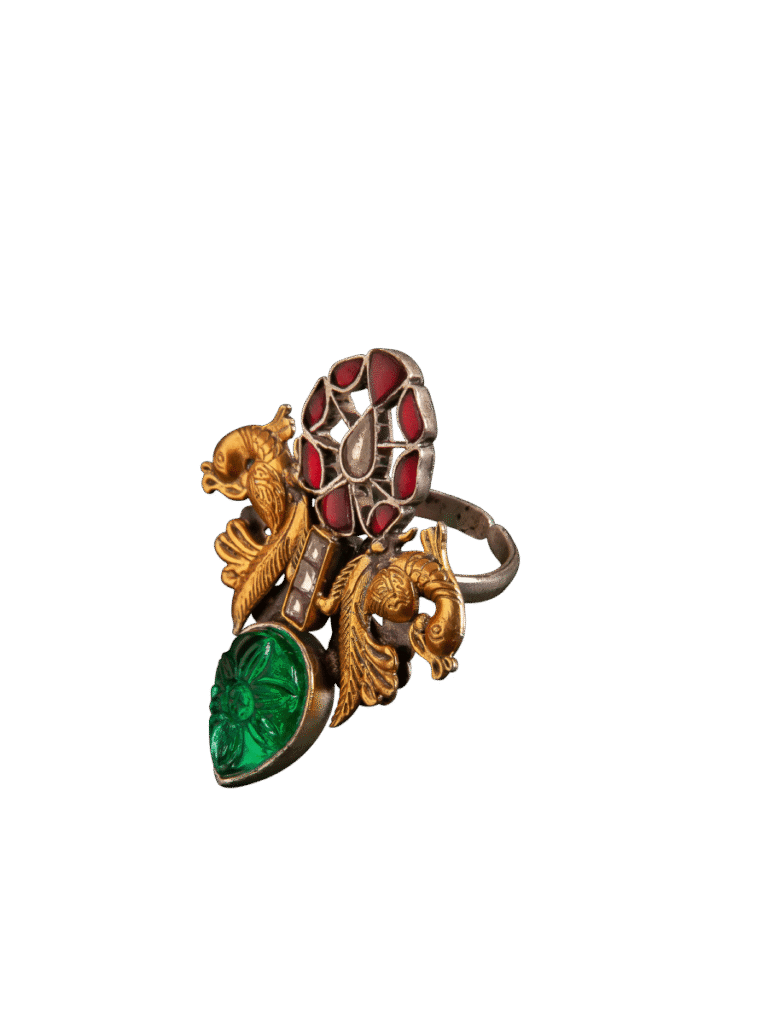
Explore Regional Diversity: Study lesser-known jewellery traditions from Northeast India, tribal areas, and rural crafts like Dokra, Bastar, or Manipuri designs.
Blend Tradition with Contemporary Indian Art: Take inspiration from modern Indian artists, textile patterns, or architectural forms like stepwells or temple carvings.
Use Indian Literature & Philosophy: Draw abstract concepts from epics, folktales, and philosophies (Hindu, Buddhist, Sufi) to deepen your narrative.
Tap into Natural and Urban Landscapes: Let India’s diverse geography and cityscapes inspire shapes, textures, and forms.
Reimagine Obscure Historical Styles: Revive and reinterpret jewellery from lesser-known dynasties or rare styles like Chettinad or Satavahana-era adornments.
Collaborate Across Crafts: Work with artisans from weaving, embroidery, pottery, or painting to bring fresh perspectives and techniques.
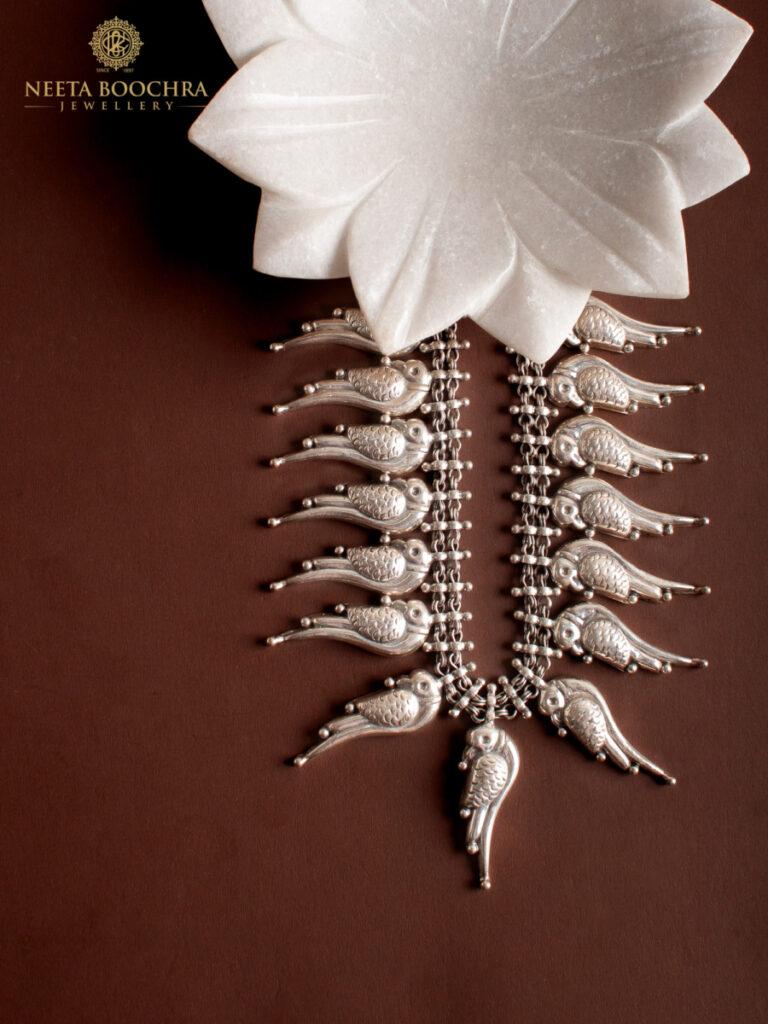

2. What to do if your jewellery design is being copied? What are the legal implications to such plagiarism?
If your jewellery design is being copied in India, you do have legal recourse, though the process depends on how you’ve protected your design. Here’s what you can do, along with the relevant legal implications under Indian law:
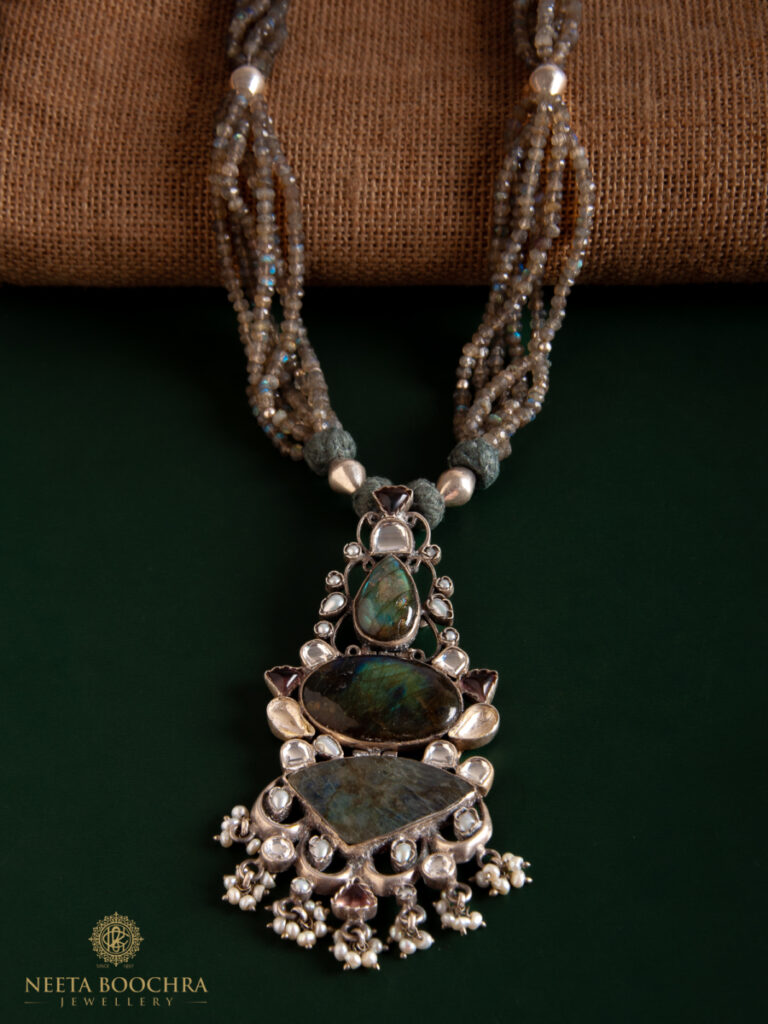
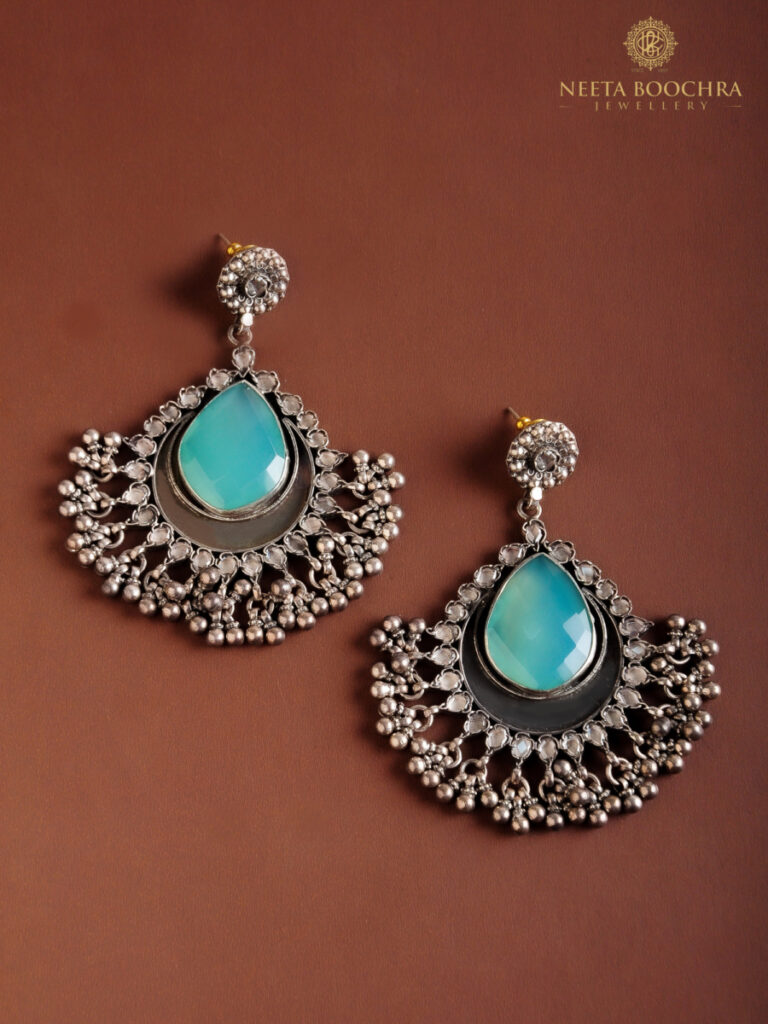
Collect Evidence
- Gather proof of your original design: sketches, CAD files, timestamps, emails, product photos, and public release dates.
- Take screenshots and purchase records of the copied designs for comparison.
Send a Legal Notice
- Through a lawyer, send a cease and desist notice to the infringing party demanding they stop production/sale immediately.
Take Civil or Criminal Action
- Civil remedies: You can seek injunctions, monetary damages, and destruction of copied goods.
3. In your experience, how does acknowledging the influence of other designers in your work contribute to your growth as a designer, and how do you ensure that your own originality still shines through?
Acknowledging the influence of other designers is not only a mark of integrity but also a powerful tool for personal growth
Promotes Humility and Learning: Recognizing others’ impact keeps you open to learning. It reminds you that design is a dialogue, not a solo performance.
Builds Deeper Understanding: When you consciously study and credit a designer’s work, you often uncover why it resonates with you—materials, philosophy, structure—helping you better refine your own preferences and style.
-
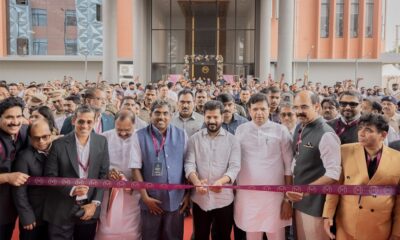
 National News1 week ago
National News1 week agoMalabar Gold & Diamonds Inaugurates Landmark Integrated Manufacturing Site in Hyderabad, Cementing Its Position as a Global Manufacturing Leader
-

 National News2 months ago
National News2 months agoEmmadi Silver Jewellery Launches First Karnataka Store with Grand Opening in Bengaluru’s Malleshwaram
-

 BrandBuzz3 months ago
BrandBuzz3 months agoMia by Tanishq Unveils ‘Fiora’ Collection This Akshaya Tritiya: A Celebration of Nature’s Blossoms and New Beginnings
-

 GlamBuzz2 months ago
GlamBuzz2 months agoGokulam Signature Jewels Debuts in Hyderabad with Glamorous Launch at KPHB








